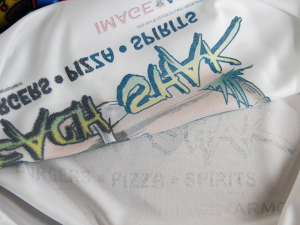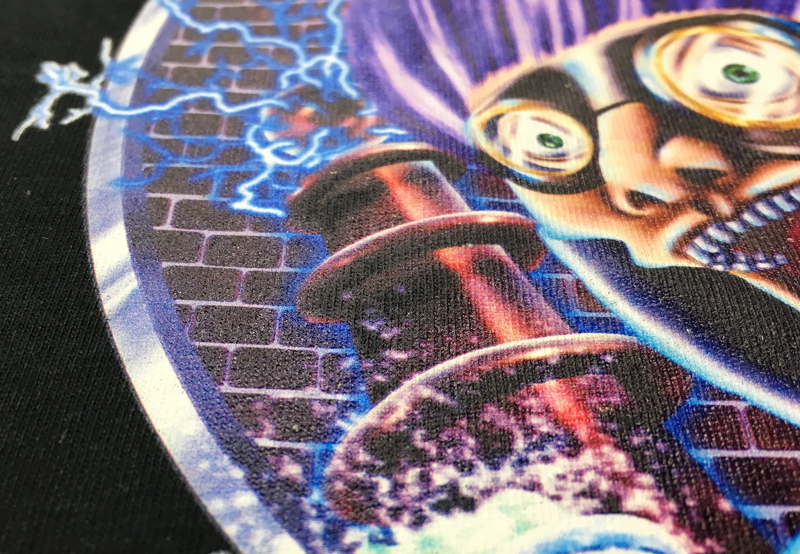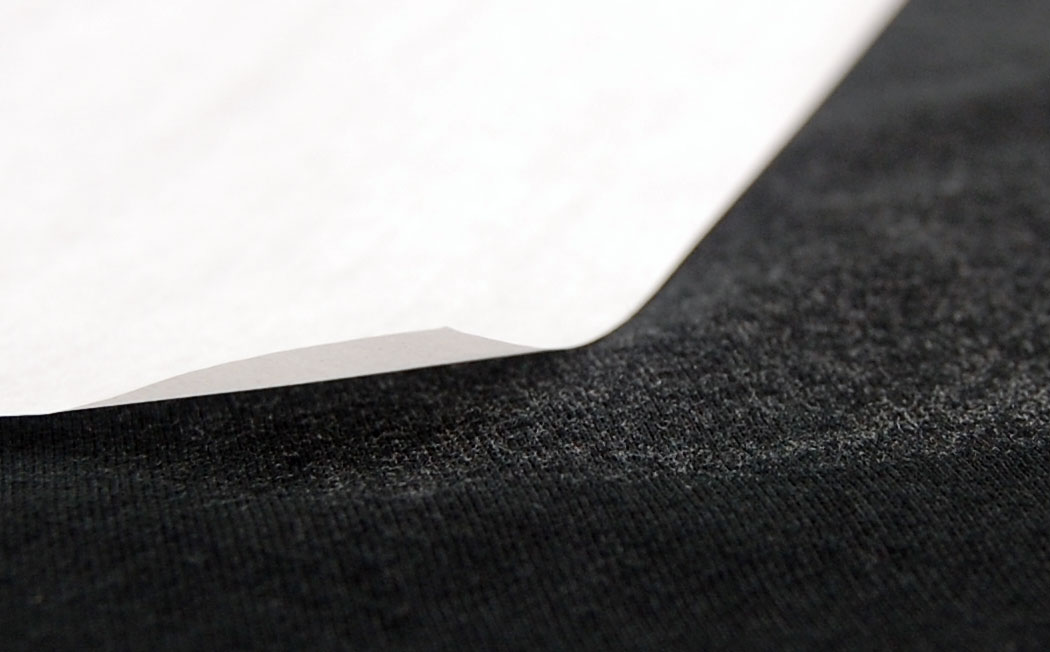Tips for Printing 100% Polyester Garments with Image Armor LIGHT
One of the hottest markets for printing is the sports performance fabrics markets commonly known as 100% polyester garments. For the DTG printer, these are extremely difficult fabrics to print because the nature of the fibers is to “wick” moisture away. Considering that the inks we use are water based inks, this obviously creates a problem and causes the image to not be as bright as it could be resulting in the ink “wicking” and the image to become blurry. Another problem is that the images on untreated 100% polyester fabrics don’t hold up well in the wash.
Image Armor LIGHT Shirt Formula changes all of that for the direct to garment printer. Image Armor LIGHT allows formerly unprintable or hard to print 100% polyester fabrics to be more receptive to your DTG ink. This results in incredibly vibrant and wash fast garments.
TIPS FOR PRINTINING 100% POLYESTER
1. Pick the correct shirts to try to print on. Not all 100% polyester garments are created equal. There will be some testing required, however, keep in mind that currently 100% black and dark polyester printing is still not quite “market acceptable”. Our Image Armor LIGHT is designed for use on 100% polyester white and some light colored garments. We recently had a customer utilize a safety green and a bright pink polyester sport shirt that pretreated and printed great for them. Sometimes the pretreated areas on colored polyester shirts may leave a “haze” or window where the pretreatment was applied. You should not see this on white polyester. Testing is required prior to any production run.
2. You may need to adjust your colors. Image Armor has a tendency to make the image look brighter and colors darker (like Black) due to the effect the pretreatment has on the inks. the LIGHT formula enhances the color spectrum and brightness. After you’ve printed a few shirts with Image Armor LIGHT you will get a feel for any adjustments you might need to make prior to hitting the PRINT button.
3. More than likely you will need to use a slip sheet. A what? A slip sheet is a piece of paper or something that is placed on the inside of the shirt prior to printing. This keeps the ink from passing through the front of the shirt and ending up on the inside of the back of the shirt.
The reason this happens is that your DTG printer can not print on air. If you hold your polyester garment up to the light you will see that the weave of the shirt most likely leaves a fair number of air gaps between threads. Your ink has to have something to grab onto and that “something” is the fibers of the shirt. If there’s no thread, the ink drops through the top of the shirt onto the next layer below it. In the case of the photo above it was the inside back of the garment. This is the same reason we have problems printing solid white ink on dark polyesters. The white ink is not able to bridge the air gap between the individual fibers in the weave of the garment causing a visual effect of the ink “fading”.
4. Make sure when heat pressing your polyester shirt it is flat. If polyester fabric is heat pressed with a fold in it, it will be there forever. Always make sure that both layers of your garment are flat on the area that will be pressed. This is especially important for heat presses that do not allow you to “thread” the shirt onto platen. Failure to make sure it is flat will result in permanent visual marks where the fold was located.
Many people have given up printing 100% polyester fabrics with their DTG printers just because the images looked faded, they did not wash well, and the ink bleed making the print fuzzy. With Image Armor you can find a new source of work for your DTG printer and expand your business for 2014. Find out why more and more DTG printers are printing 100% polyester and 50/50 white and light colored shirts with Image Armor LIGHT.





